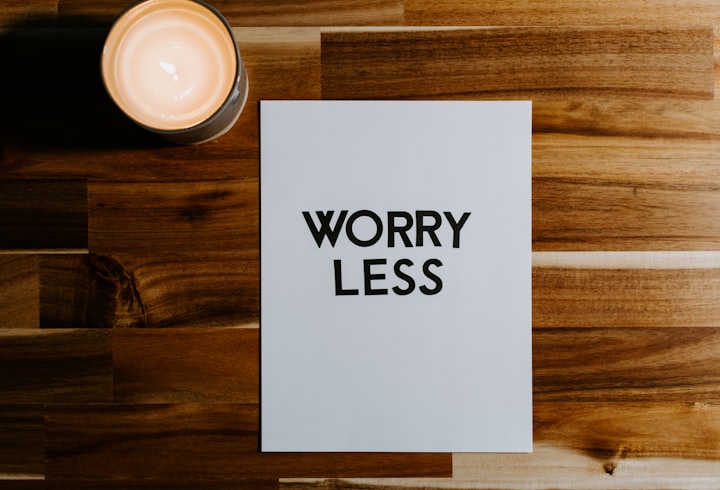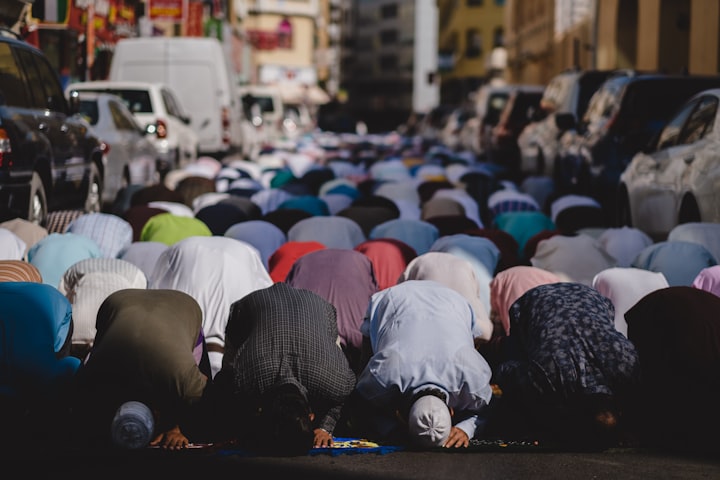Do You Know That Depression Well?
Different types of depression.

In the previous article on depression, we focussed more on understanding depression, causes, and feasible ways of managing it.
This mental disorder has been classified as one of the major issues affecting humans. The World Health Organization indicates that an estimated 3.8% of the population experience depression. This is about 280 million people worldwide! With this high data, it is possible that at least one person known to you suffers from depression. Out of the adults affected by depression, 4% are men and 6% are women. The data also indicates that depression is about 50% more common among women than among men. A further breakdown, indicates that more than 10% of pregnant women and women who have just given birth experience depression. The World Health Organization further indicates that 700,000 people commit suicide due to depression.
Depression is characterized by persistent feelings of sadness, hopelessness, and helplessness that can interfere with a person's daily life. There are several types of depression, that we did not highlight in the previous article, each with its own set of symptoms, causes, and treatment options. In this article, I will explore some of the most common types of depression, with a view of helping us understand the monster better:
1. Major Depressive Disorder (MDD). MDD, also known as clinical depression, is the most common type of depression. It is characterized by a persistent feeling of sadness, hopelessness, and loss of interest in activities that were once enjoyable. People with MDD may also experience physical symptoms, such as fatigue, changes in appetite, sleep patterns, and difficulty in concentrating. MDD can be triggered by various factors, including genetics, environmental factors, and life events such as trauma, loss of a loved one, or a major life change. Treatment for MDD may include psychotherapy, medication, or a combination of both.
2. Persistent Depressive Disorder (PDD). PDD, also known as dysthymia, is a type of depression that lasts for at least two years. People with PDD may experience many of the same symptoms as those with MDD, but the symptoms are less severe and tend to last longer. PDD can be caused by genetic factors, chemical imbalances in the brain, or environmental factors. Treatment for PDD may include therapy, medication, or a combination of both.
3. Bipolar Disorder. Bipolar Disorder, formerly known as manic-depressive illness, is a mood disorder characterized by alternating episodes of depression and mania or hypomania. During depressive episodes, people with bipolar disorder experience symptoms similar to those with MDD or PDD. During manic or hypomanic episodes, they may experience an elevated mood, increased energy, and a decreased need for sleep. Bipolar disorder can be caused by genetic factors, chemical imbalances in the brain, or environmental factors. Treatment for bipolar disorder may include mood stabilizers, antipsychotics, or other medications.
4. Seasonal Affective Disorder (SAD). SAD is a type of depression that is related to changes in seasons. It usually occurs during the fall and winter months, when there is less sunlight. People with SAD may experience symptoms similar to those of MDD, including feelings of sadness, hopelessness, and fatigue. They may also experience changes in appetite and sleep patterns. Treatment for SAD may include light therapy, psychotherapy, or medication.
5. Disruptive Mood Dysregulation Disorder (DMDD). DMDD is a type of depression that causes chronic, intense irritability and frequent outburts in children. Symptoms of DMDD begin to manifest at the age of 10. DMDD is treatable with psychotherapy (talk therapy and/or medication.
6. Premenstrual Dysphoric Disorder (PMDD). PMDD arises from premenstrual syndrome(PMS). It is characterized by PMS symptoms along with mood symptoms like extreme irritability, anxiety and depression. The symptoms do improve within a few days after the period starts. Treatment could include hormonal birth control and medication (antidepressants)
7. Prenatal Depression. This is depression that occurs during pregnancy. It is characterized by sadness, anxiety, fatigue and insomnia. In severe cases, one might end up harming themselves or their baby. Treatments include therapy, medications or a combination of both.
8. Postpartum Depression (PPD). PDD is a type of depression that occurs after giving birth. It is characterized by feelings of sadness, anxiety, and fatigue that can interfere with a woman's ability to care for herself and her newborn. PPD can be caused by hormonal changes, lack of sleep, and the stress of caring for a newborn. Treatment for PPD may include therapy, medication, or a combination of both.
9. Atypical Depression. This is a type of depression in which one experiences a temporary boost in mood in response to actual or potential positive events. This is known as mood reactivity. Other symptoms include hypersomnia, increased appetite and rejection sensitivity. It is treatable with psychotherapy and medication (antidepressants).
10. Depressive Disorder due to another medical condition. This kind of depression is caused by existing medical conditions. Examples include cancer, hypothyroidism, heart disease, parkinson's disease among others. Once the underlying medical conditions are treated, the depression improves as well.
Although there are known, effective treatments for mental disorders, more than 75% of people in low- and middle-income countries receive no treatment. Barriers to effective care include a lack of investment in mental health care, lack of trained health-care providers and social stigma associated with mental disorders.
In conclusion, depression is a complex mental health disorder that can manifest in different ways. There are several types of depression, each with its own set of symptoms, causes, and treatment options. If you or someone you know is experiencing symptoms of depression, it is important to seek help from a mental health professional. With proper treatment, depression is a treatable condition, and recovery is possible!
Yours Truly,
Al Rauf Okal
Reference:
About the Creator
Al Rauf Okal
Do you love your body? I am an enthusiast of healthy living. I’ll be sharing on ways of living healthy. We got to enjoy life and make the best out of it. Make a point to subscribe, support and give reviews.






Comments
There are no comments for this story
Be the first to respond and start the conversation.